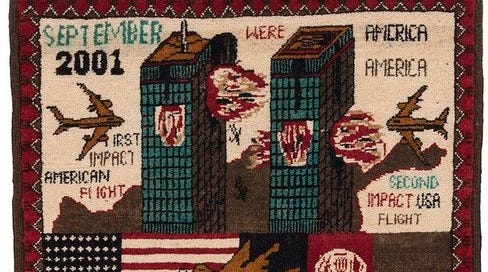DO ANDROIDS DREAM OF ELECTRIC SHEEP
The theme through the end of last month and the beginning of this month has been nostalgia. Whether it be remembering childhood restaurants my dad would take me to or rekindling my love of baseball, it has come as somewhat of a surprise. It was hard to commit words to paper this week but next week I will have more to o…
Keep reading with a 7-day free trial
Subscribe to Tyler Has A Gun to keep reading this post and get 7 days of free access to the full post archives.



